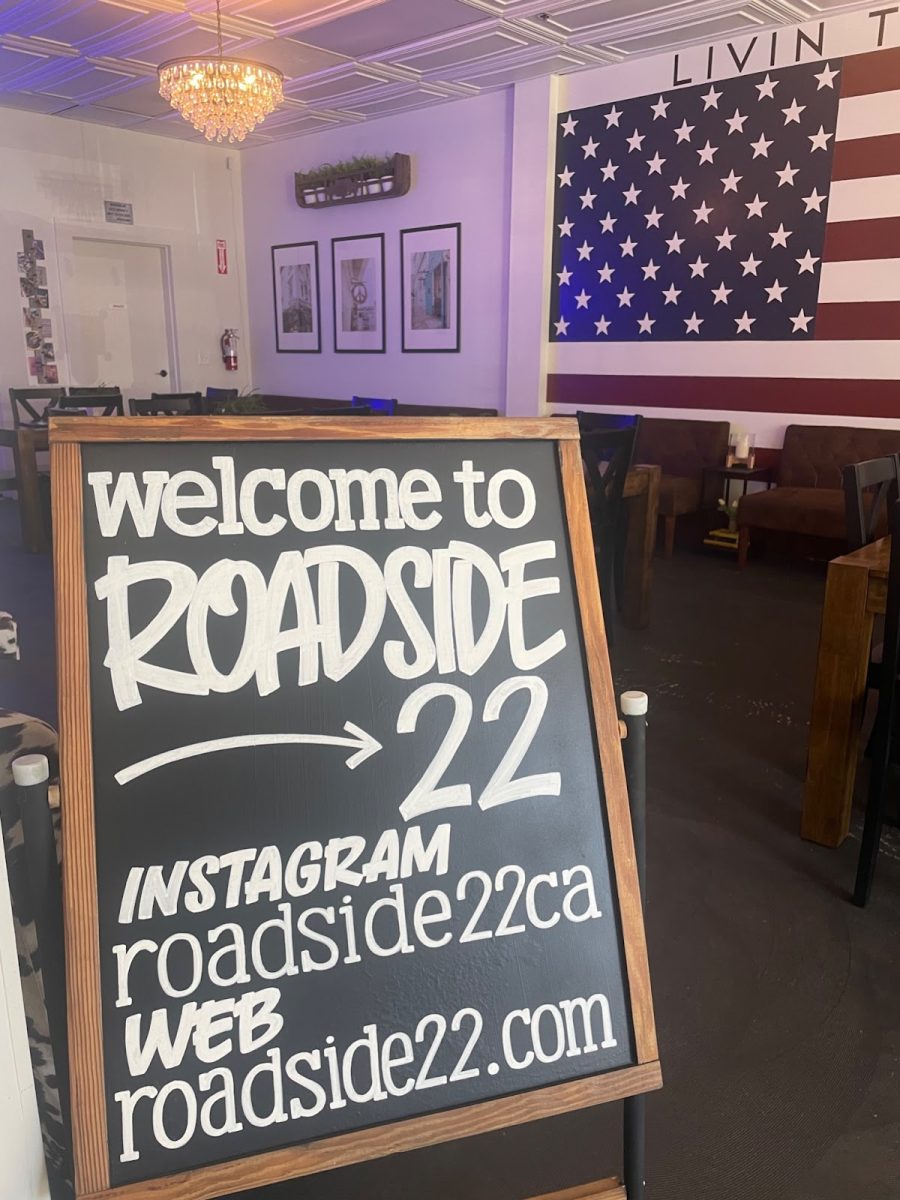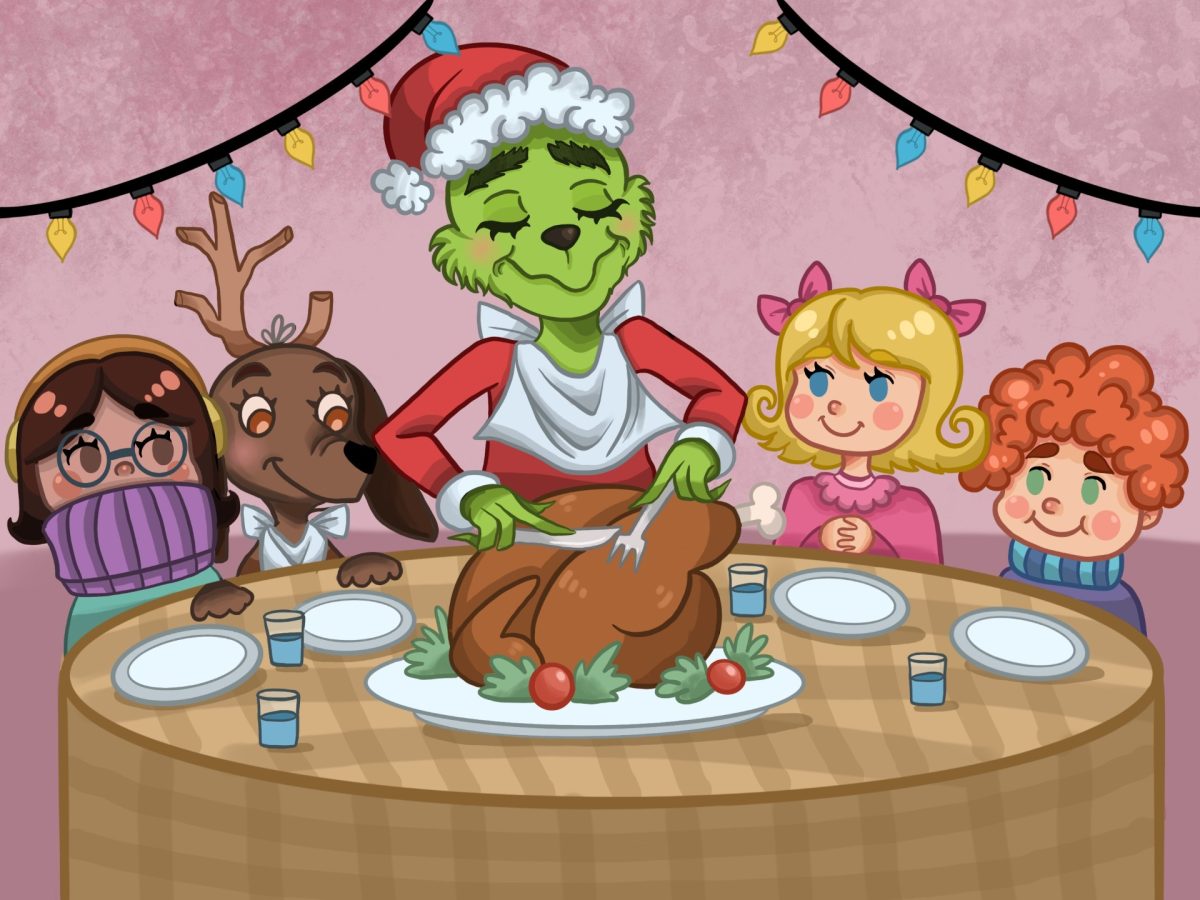In response to Killer Bees
November 17, 2015
When I think of the name given to these hybridized African honey bees also called “killer bees” the mind directly goes to a place where I envision being chased down the street by a bee with a miniature hockey mask and tiny butcher knife.
The slasher B movie is not a realistic scenario when given these types of honey bees only swarm bystanders when they believe their hive is under imminent threat of attack. Unlike their European honey bee counterparts, they defend their hives with the entire hive, which is what gained them their bad boy of the insect world status. What can people do to not be terrified of the honey nut cheerios bee?
In your own home, putting up hardware cloth to cover all holes and gaps such as when the house meets the roof or chimney will block an entrance for this type of bee from making your house a bee condominium.
You found a hive anyways and you got stung? Run to an enclosed shelter like your car and get out of dodge. Your swimming pool is not a hiding spot, they will just sunbath around the pool until your lungs decide you are not a fish and need air. Now call your local certified pest management people and tell them where this nest is so they can properly handle these bees without harming the other types of bees.
Within the last two decades, the honey bees of America have been dying off in record numbers and they are in serious need of a help. From the DVC Horticulture department to to the rest of the world “don’t swat bees, we like honey in our tea.”
Editors note: We shared the Contra Costa Times story about Africanized bees in Lafayette, and this is a response to the story.











































































